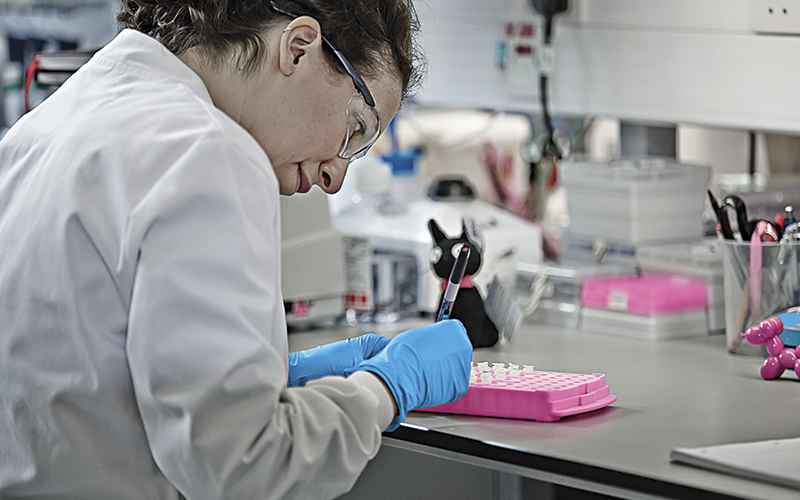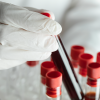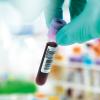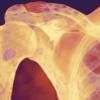More people than ever are being referred for cancer tests, including biopsies and blood tests. However, the pathology workforce is not keeping up with demand, says a new report.

A growing and ageing UK population means that more people than ever are being referred for cancer tests, including biopsies and blood tests, says a new Cancer Research UK report.
With one in every two people alive now predicted to develop cancer at some point in their lifetime, demand for diagnostic tests and strain on pathology services is outstripping the slow creep of workforce expansion.
Histopathology requests have been going up by an average of 4.5% per year – a rise that is expected to continue over coming years. However, consultant cellular pathologist numbers have only increased between 1.2% and 3% per year.
“We need to act now before this situation gets worse,” says Professor Manuel Salto-Tellez, a Cancer Research UK pathology expert. “It’s vital that patients are diagnosed at an early stage when treatment is more likely to be successful and pathology plays a crucial role in this. The number of cancer cases diagnosed is set to rise and the already stretched pathology services won’t cope unless we ensure more people are trained and employed in pathology. We must also make sure that existing staff have the support they need to do their job.”
The report from Cancer Research UK is called Testing Times to Come? An Evaluation of Pathology Capacity Across the UK and came after concern about consistent breaches of cancer waiting times – with targets being missed for the last three years.
RECOMMENDATIONS INCLUDE:
✔ Trusts to consolidate pathology services
✔ Ensure biomedical scientists are utilised to cut up specimens
✔ Explore the role of clinical scientists to support complex diagnostics and research
✔ Ensure widespread use of biomedical scientist reporting
✔ Health Education England should include cellular and molecular pathology in its review of the cancer and related workforce
✔ Departments and trusts should invest in infrastructure to support digital pathology
✔ Molecular pathology should be more involved with the whole diagnostic process for solid tumours
✔ NHS England should ensure all work on diagnostic pathways factors in the impact on pathology.
The 60-page document says that the consistently missed targets are “indicative of pressures across the pathway”, from seeing a specialist, to receiving test results and ultimately starting treatment. Previous publications from the charity have indicated that endoscopy and imaging services have been delivering more activity over recent years and are struggling to meet demand, leading to a “diagnostic bottleneck” and “thousands of patients waiting in limbo”.
The latest report looks specifically at issues around pathology and calls for an increased role for biomedical scientists. This includes ensuring they are being utilised to cut up specimens and widespread use of biomedical scientist reporting (see box for recommendations).
However, looking at the current landscape, the charity identifies a major problem. “Based on the number of pathologists currently in training and the age profile of the current workforce, our study found there is likely to be a severe crisis in pathology capacity within the next fi ve to 10 years,” it says.
It states that cellular pathology is in need of a workforce boost and waiting times are increasing, whereas while vacancies “are a problem” for blood sciences, it is not an issue to the same extent, due to the automation of some processes. It adds molecular pathology is “generally capable of meeting current requests”, but testing activity has risen over recent years and this trend is expected to continue”.
The report stresses that action is needed now in order to address current and future workforce shortfalls. It says that those in charge of medical education need to train and employ more people in pathology, as well as other diagnostic health professionals, to meet the increasing demand for tests and to ensure a stable future for pathology services.
One brief positive note in the report is that cancer survival in the UK is at its highest rate ever. It varies massively between types, from 98% for testicular cancer to just 1% for pancreatic cancer, but many of the most commonly diagnosed cancers have a 10-year survival rate of 50% or more.
However, while this is good news, the survival rate is far behind some other European countries. Research published in the European Journal of Cancer in September 2015 shows the UK has the worst survival rates for cancer in western Europe, with rates a third lower than those of Sweden. “Diagnostic services, including pathology, urgently need support and investment to ensure that diagnoses aren’t delayed and patients benefit from the latest treatment,” says Emma Greenwood, Cancer Research UK’s Director of Policy.
“The UK’s cancer survival is lagging behind other European countries and improving early diagnosis through diagnostic services is one of the ways to address this. The diagnostic bottleneck will only get worse without action now and this involves addressing staff shortages in imaging, endoscopy and pathology.”
The full report can be downloaded from the Cancer Research UK website. There are also executive summaries for each of the UK countries. For more information, visit bit.ly/pathology_report




